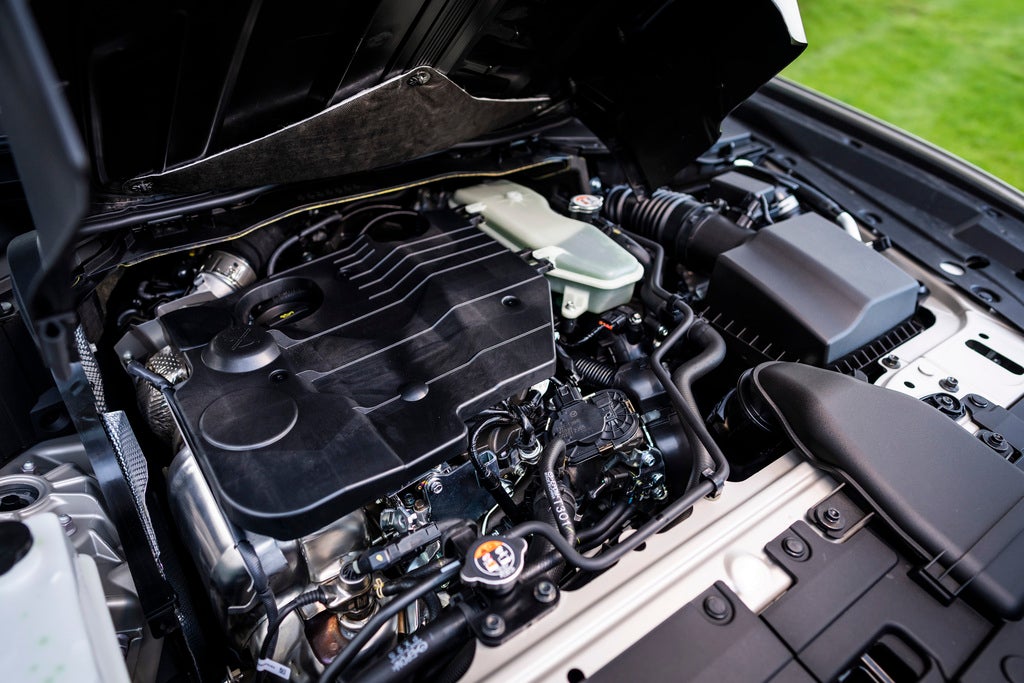In the third and final instalment of February’s management briefing, we look at how the environmental credentials of first-generation biofuels are practically in tatters, and whether future-generation biofuels will be given a fairer hearing.
Few issues in the automotive industry have been scrutinised or lobbied against to the extent that biofuels have. As we have seen in the previous two parts of this month’s Management Briefing, the results are that the public image of biofuels has taken a nasty knock, many politicians do not want to touch them with a bargepole and most vehicle manufacturers are equally reticent to come out in full support of them, despite making healthy profits from the sale of flex-fuel vehicles (FFVs) in a handful of markets around the world.
There can be no doubt that biofuels in the form they currently exist do not offer the perfect solution to reducing Europe’s road transport CO2 emissions. In fact, the environmental credentials of first-generation biofuels, which are made from basic food crops, such as sugar beet, corn, wheat and rapeseed, have now been all but discredited in Europe. First it was their well-to-wheel (WTW) emissions being questioned. Then it was the food vs fuel debate. And then deforestation.
Jonathan Nash, Managing Director of Saab Great Britain and once one of the most passionate industry supporters of biofuels told just-auto: “The arguments over biofuels were overly-emotive with images of impoverished Mexicans and orphaned chimpanzees. Look at the arguments today against the source of electricity for battery-powered cars and they are nowhere near on the same scale, despite the fact that in lots of European countries, the electricity will have to come from coal-fired powered stations.”
Although they have fallen down the media agenda, the arguments surrounding the true environmental impact of biofuels continue to rage on. In Europe, the current debate is in the highly complex area of “indirect land use change” otherwise known as ILUC. So in other words, what would land be used for if it wasn’t growing feedstocks for biofuels and what are the environmental implications of crops being displaced and grown elsewhere?
See Also:
The European Commission has been struggling for some time now to assess the impacts on ILUC that the use of biofuels has. At the end of last year, the Commission delayed a decision on how its future biofuel policies could be made more sustainable by taking ILUC into account, despite the fact that it had gathered together evidence from countless scientific studies into the subject. One such study was from the Institute for European Environmental Policy (IEEP) which looked at the likely environmental impact of EU member states meeting their national biofuels targets. The study concluded that once land use change is included, the additional biofuels used would be responsible for between 81% and 167% more greenhouse gases than fossil fuels and require twice the size of Belgium in new land to grow them.
Playing ‘fair’
How well do you really know your competitors?
Access the most comprehensive Company Profiles on the market, powered by GlobalData. Save hours of research. Gain competitive edge.

Thank you!
Your download email will arrive shortly
Not ready to buy yet? Download a free sample
We are confident about the unique quality of our Company Profiles. However, we want you to make the most beneficial decision for your business, so we offer a free sample that you can download by submitting the below form
By GlobalDataWhile there is now consensus that first-generation biofuels do have some negative impacts on the environment (although to what degree is still debatable), the fact is that biofuels were never given a fighting chance in this part of the world. This is in no small part due to one distinct disadvantage of theirs; that is that they are a real threat to the cash-rich and all-pervading oil industry, the strength of whose behind-the-scenes lobbying cannot be under-estimated.
Frequently, inaccurate and unfair judgments have been made about biofuels, for example, comparing the ‘well-to-wheel’ CO2 emissions of biofuels with the tailpipe emissions of petrol and diesel. So while every single direct and even indirect aspect of biofuel production is scrutinised when measuring how clean it is, petrol and diesel continue to measured in a strikingly one-dimensional manner, and that is on the basis of what comes out of a car’s exhaust. Fortunately for the oil industry in this age of plundering the Canadian oil sands, the CO2 emissions associated with the extraction, refining and transportation of oil-based fuels are not taken into account when assessing a petrol or diesel’s car’s CO2 emissions.
Similarly, it is not unusual to see biofuels being singlehandedly blamed for global deforestation. Yet, the fact that a far bigger contributor to the destruction of the Amazon rainforest through land displacement is actually the world’s insatiable demand for beef, especially as China and India consume fewer vegetables and eat more meat, is rarely discussed. Similarly, the rise of biodiesel has repeatedly been charged with the demise of Malaysia’s Orang-utan population, again due to deforestation in pursuit of palm oil. That palm oil is a major ingredient of tens of millions of products, including margarine, plastics, detergents and cosmetics is generally glossed over.
One can only hope that the negative and unbalanced press associated with early-generation biofuels will not ruin the chances of second- (and in fact third and fourth) generation biofuels in making a real difference to road transport CO2 reduction. In layman’s terms, second-generation biofuels come from non-food crops such as waste wood chippings, prolific-growing grasses like miscanthus and even household waste. Third-generation comes from genetically-modified crops that capture more CO2 from the atmosphere than standard crops and fourth-generation from genetically-modified crops that actually result in a negative carbon impact when combusted.
For now, even second-generation biofuels – let alone third- and fourth-generation – remain firmly in the laboratory though and could still be years away from making their way onto the region’s roads. The good news is that unlike first-generation biofuels, second-generation biofuels are an area that policy-makers and vehicle manufacturers are still happy to align themselves with. Now they just need to be given a fair hearing and a chance to actually succeed in a way that first-generation biofuels never were.
See also:
February 2010 Management Briefing: Biofuels in Europe (Part 1) – looks at government policies
February 2010 Management Briefing: Biofuels in Europe (Part 2) – looks at manufacturer FFV product strategies





